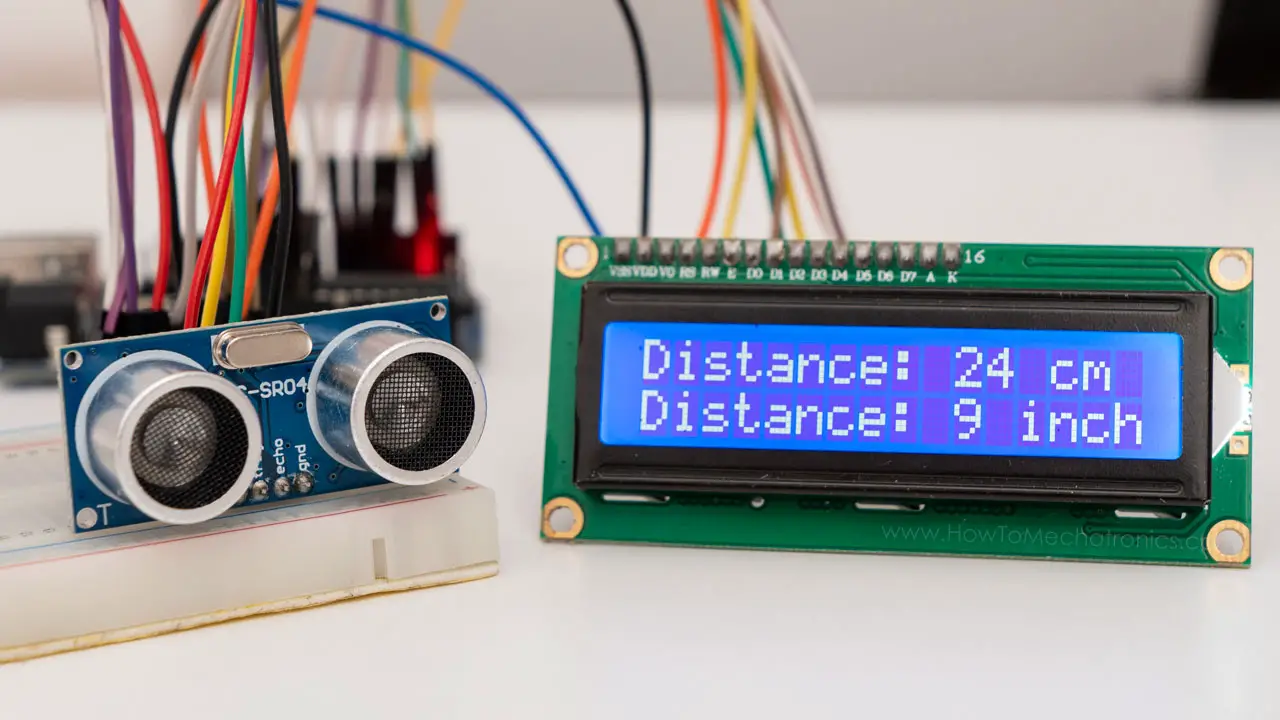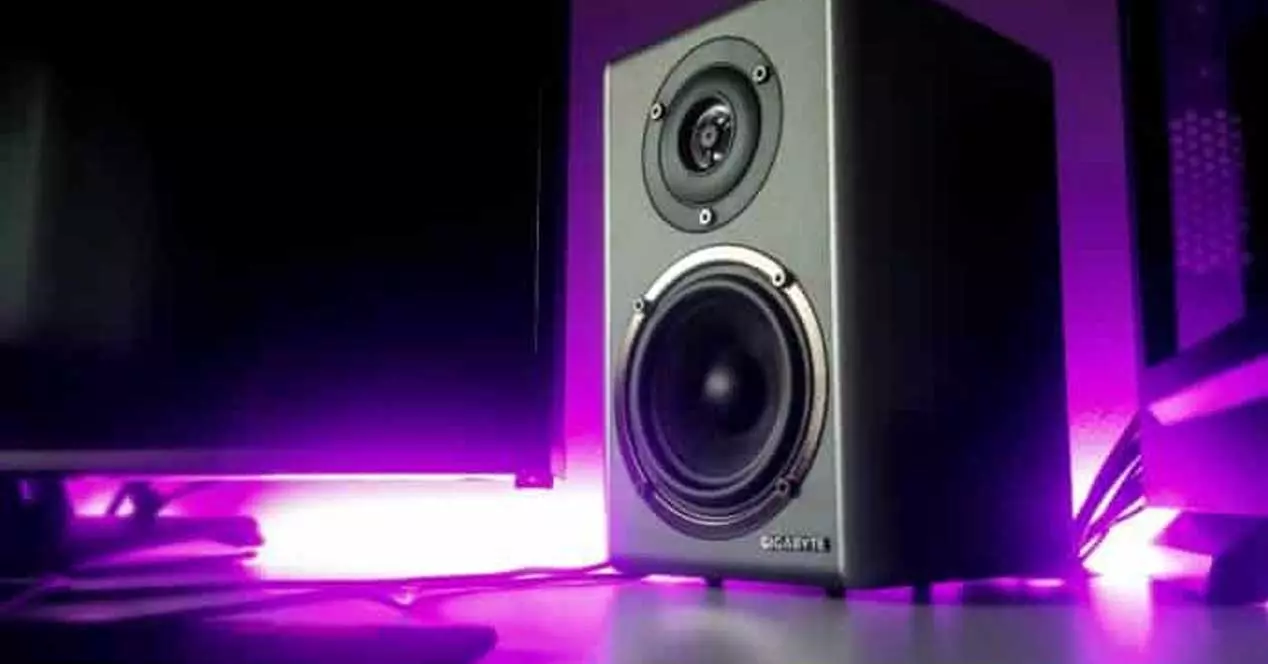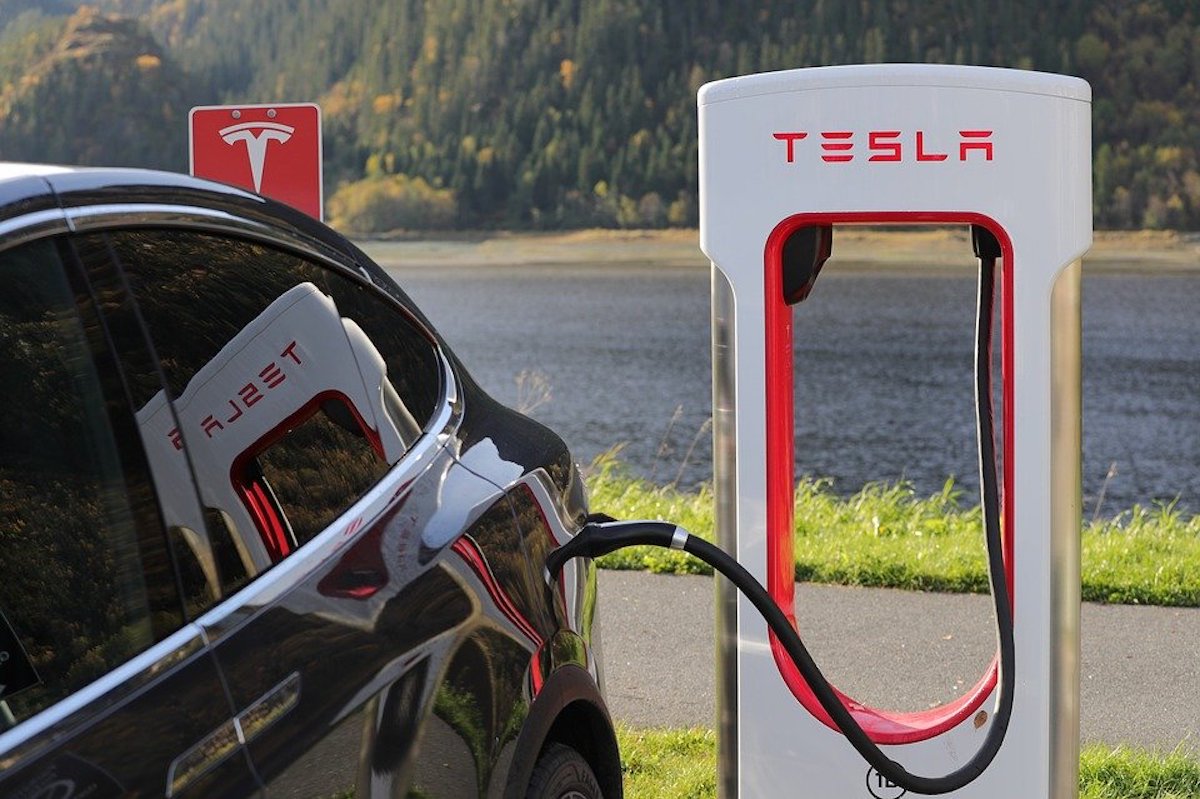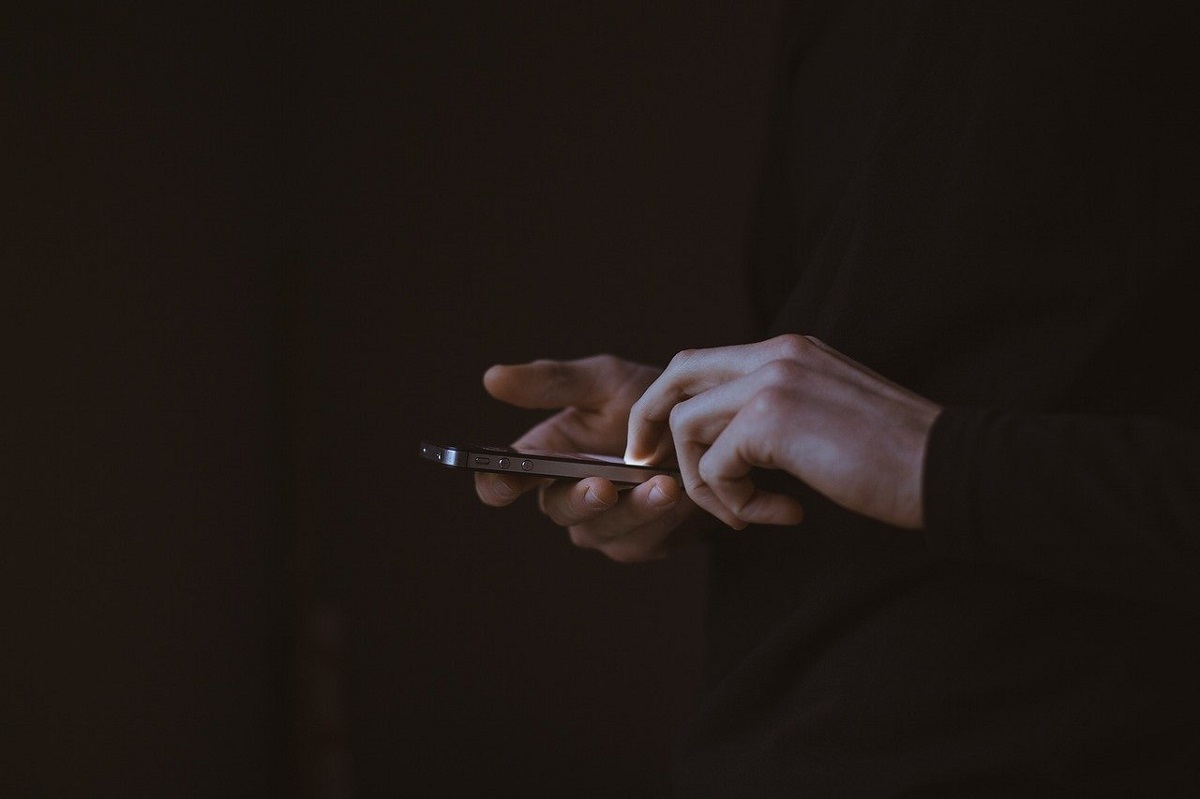
In technology, measuring distances accurately is a fundamental requirement for various applications. From robotics to industrial automation, from autonomous vehicles to simple proximity detectors, understanding and mastering the use of sensors to measure distance is essential. In this guide, you will delve into the intricacies of utilising sensors effectively for precise distance measurement, unlocking a world of possibilities.
Understanding the Basics
Before delving into the specifics of using sensors to measure distance effectively, it’s crucial to grasp the foundational principles governing these measurements. Distance measurement involves determining the length between two points in a given space. In this context, sensors are devices that can detect and measure this length or distance.
Sensors function by emitting a signal or beam and then receiving the reflection of that signal. By measuring the time it takes for the signal to travel to the object and back, the sensor can calculate the distance based on the speed of the signal through the medium it’s travelling in, often air.
Types of Distance Measuring Sensors
Ultrasonic Sensors:
These sensors use sound waves to measure distance. They emit ultrasonic waves and help measure the time taken for the waves to bounce back after hitting an object. This time difference helps calculate the distance between the sensor and the object.
Infrared Sensors:
Infrared sensors use infrared light to determine the distance to an object. They work on emitting infrared light and measuring the time it takes for the light to bounce back to the sensor.
Laser Sensors:
Laser sensors employ laser beams to measure distance. They emit laser pulses and calculate the time it takes for the pulses to bounce back from the object, aiding in precise distance calculation.
Steps to Effectively Use Sensors for Distance Measurement
Selecting the Right Sensor:
The first step in utilising sensors to measure distance effectively is choosing the appropriate type of sensor for your specific application. Consider the range of distances you need to measure, the environment in which the sensor will be placed, and the accuracy required. Ultrasonic sensors are excellent for medium-range measurements, infrared sensors for shorter distances, and laser sensors for longer and highly accurate measurements.
Calibration and Configuration:
Once you’ve chosen the right sensor, it’s crucial to calibrate and configure it properly. Calibration ensures that the sensor provides accurate readings, and configuration allows you to set parameters based on your requirements, such as the measurement units and the range within which you want to measure distances.
Positioning the Sensor:
Proper placement of the sensor is key to accurate distance measurement. Ensure the sensor has an unobstructed line of sight to the object you want to measure. Factors like angles and tilts can affect readings, so align the sensor appropriately for precise measurements.
Powering and Activating the Sensor:
Power up the sensor according to the manufacturer’s instructions. Ensure a stable power supply to the sensor. Activate the sensor and verify its functioning by conducting initial tests in the chosen environment.
Data Collection and Analysis:
Utilise the sensor to collect data by emitting the signal and receiving the reflections. Capture and analyse this data to calculate the distance to the object accurately. The sensor will provide distance readings based on the time the signal travels and returns.
Integration with Systems:
Integrate the sensor seamlessly with the system or device you are using for your application. Ensure that the data from the sensor is processed and utilised effectively for your specific purposes, whether for automation, control systems, or any other application.
Applications and Use Cases
Understanding how to use sensors to measure distance effectively opens doors to many applications across various industries. Here are a few notable use cases:
Robotics:
Sensors play a pivotal role in robotics for navigation and obstacle avoidance. Robots use distance sensors to detect obstacles in their path and adjust their movements accordingly, ensuring safe and efficient operations.
Automotive Industry:
Distance sensors are extensively used in the automotive sector for parking assistance, adaptive cruise control, and collision detection systems. They aid drivers in parking by providing real-time distance measurements from obstacles.
Agriculture:
In modern agriculture, sensors measure distances between plants or assess water levels in irrigation systems. This ensures optimal spacing and appropriate water distribution for crops.
Industrial Automation:
In industrial settings, sensors play a critical role in automating processes. They measure distances for the precise positioning of machinery, material handling, and quality control, enhancing overall efficiency and productivity.
Conclusion
Mastering how to use sensors to measure distance effectively is essential for anyone working with distance measurement technology. It’s a skill that finds applications in various fields, from robotics to automotive engineering and contributes to creating safer, more efficient, automated systems.
Understanding the principles behind different types of sensors, selecting the appropriate sensor, and employing it correctly in your applications are key steps to harnessing the potential of distance measurement sensors. As technology advances, so will the capabilities of these sensors, opening up new horizons and possibilities for innovation and problem-solving in numerous industries.
![▷ SOLUTION to the error MFC100.dll is missing in Windows [2021]](https://techunwrapped.com/wp-content/uploads/2021/02/1365-falta-mfc100-dll-equipo-windows-10.jpg)


